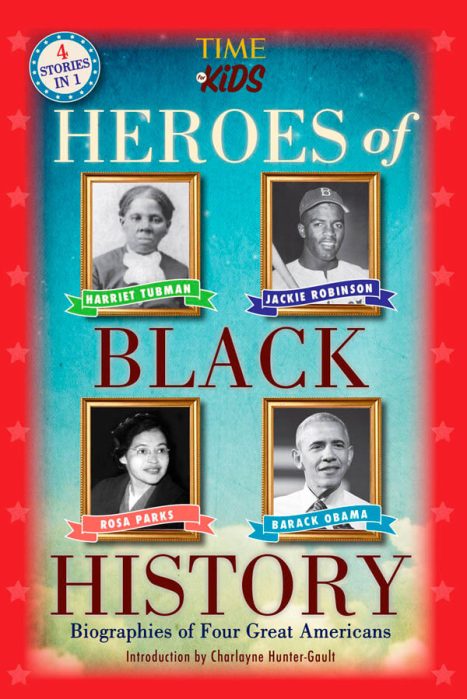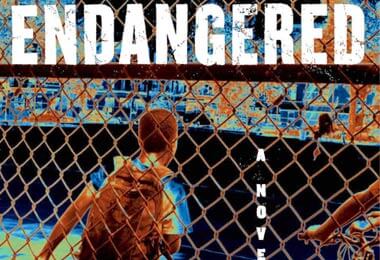“Writing to Save a Life: The Louis Till File” by John Edgar Wideman
c.2016, Scribner
$25.00 / $34.00 Canada
195 pages
Even if you wanted to, you couldn’t escape your father.
For most of your life, you were known as Little Him. Junior. Insert-your-father’s-name-here’s kid. You’re a chip off the ol’ block, maybe named after your Pops, forever known as your Dad’s offspring. But, as John Edgar Wideman indicates in “Writing to Save a Life: The Louis Till File,” that doesn’t mean that the supposed sins of a father should be laid at the feet of his child.
On a hot Chicago summer day in 1955, 14-year-old Emmett Till took a train south to visit family in Mississippi. He left with a sense of excitement and came home in a specially-ordered, glass-lidded coffin, because his mother wanted “the world” to know what had happened to him.
There was, of course, a trial for his murder, and 14-year-old John Edgar Wideman watched it unfold. He’d always wanted to write “Emmett Till fiction” but real-life turned out to be more compelling: two weeks before the Grand Jury convened, someone leaked Emmett’s father’s confidential military records, revealing that Private Louis Till had been hanged in Italy a decade earlier for the crimes of rape and murder.
The revelation changed the expected outcome of the trial.
In that same summer of 1955, Wideman fell in love, became broken-hearted, and saw pictures of dead Emmett in Jet magazine. That summer, he was sad, confused, angry and so, he says, was his father. There were other parallels, too; so many lines drawn from fathers to sons that made Wideman and his dad “afraid of each other.”
With that in mind, Wideman requested Louis Till’s file and discovered “helter-skelter” papers and a “hodgepodge of this and that…” Till had been just “a kid” when hanged, the probable victim of an “ugly story.” Had he been around to “school his son… about the south,” would Emmett have come home alive? Can a man change the outcome of his child’s existence?
Though “Writing to Save a Life” is an intriguing, even provocative book, it may be a struggle to read. For sure, it’s going to take some getting used to.
In with news clips, files, history, current events, and reconstructions of what might have happened decades ago to Louis, Mamie, and Emmett Till, author John Edgar Wideman melts his own experiences and his imagination. That’s a great method of storytelling, and it lends urgency and relevancy but it’s not very well delineated here – meaning that it sometimes takes a minute to understand when this book takes a fictional turn and when it turns back again. That can be a distraction, even as those switch-and-switch-backs add to the emotional feel of the story. Purists may also find an occasional lack of punctuation to be quite irritating.
And yet – keep reading. This is a hard-hitting, raw-spirited tale that ultimately gets under your skin, and it’ll make you think about fathers, sons, and what they might leave one another. Keep reading – because “Writing to Save a Life” may become a book you can’t forget, even if you wanted to.






















